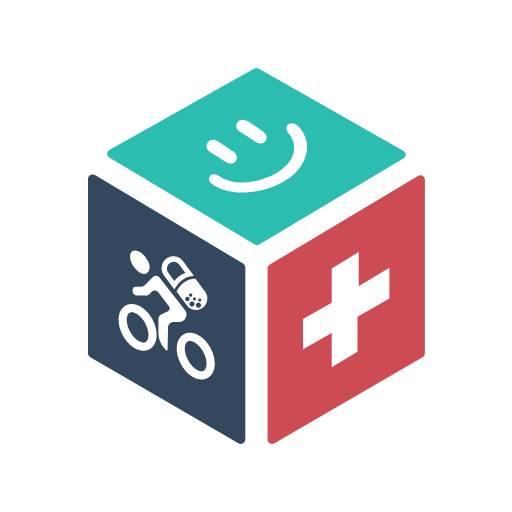Generic Information
MIDAZOLAM
Short-term management of insomnia Conscious/Procedural sedation prior to or during diagnostic, therapeutic or endoscopic procedures such as dentistry, upper gastrointestinal endoscopy, bronchoscopy, cystoscopy, coronary angiography and cardiac catheterization, oncology procedures, radiologic procedures, suture of lacerations etc. and surgery performed under local anesthesia, either alone or in combination with other CNS depressants Premedication Induction of general anesthesia Sedation in intensive care Sedation in general anesthesia Status epilepticus.
Benzodiazepine hypnotics, Benzodiazepine sedatives
Midazolam binds to stereospecific benzodiazepine receptors on the postsynaptic GABA neuron at several sites w/in the CNS, including the limbic system, reticular formation. Enhancement of the inhibitory effect of GABA on neuronal excitability results by increased neuronal membrane permeability to Cl ions, which results in hyperpolarisation (a less excitable state) and stabilisation. Benzodiazepine receptors and effects appear to be linked to the GABA-A receptors.
The duration of treatment with oral midazolam should not be more than of 2 weeks. In certain cases extension beyond the maximum treatment period may be necessary. Insomnia: Adults: 7.5 mg to 15 mg daily (Oral) Elderly: 7.5 mg daily (Oral) Premedication: 7.5 mg to 15 mg, should be given 30-60 minutes before the procedure (Oral) Endoscopic or Cardiovascular procedures: Adult: initial dose is 2.5 mg (IV) Elderly & debilitated patients: 1-1.5 mg (IV) Induction of Anesthesia: Adult: 10-15 mg (IV) or 0.07-0.1 mg/Kg body weight, usually 5 mg (IM) Children: 0.15-0.20 mg/Kg (IM) Elderly & debilitated patients: 0.025-0.05 mg/Kg (IM) Rectal administration in children: for preoperative sedation, rectal administration of the ampoule solution is 0.35-0.45 mg/Kg, 20-30 min before induction of general anesthesia
CNS depressants, erythromycin, azole type animycotics and cimetidine may interact with Midazolam.
Known hypersensitivity to Midazolam or other benzodiazepines, severe respiratory insufficiency, severe hepatic insufficiency, sleep apnea syndrome, myasthenia gravis, patients with a history of alcohol or drug abuse and children.
Drowsiness is the most common side effect. Less common side effects are CNS depression, ataxia, confusion, tiredness, muscle weakness, fatigue, headache, dizziness and double vision. These effects occur predominantly at the start of treatment and usually disappear with dose adjustment or continuation of therapy.
Insufficient data are available on Midazolam to assess its safety during pregnancy. But benzodiazepines adversely affect the human fetus. So their use should be avoided if there is safer alternative. Midazolam is excreted through breast milk. Therefore, Midazolam should not be used by the nursing mothers.
Midazolam should not be used more than the dosage guideline. Over dosage produces severe depression ranging from drowsiness to coma.
CNS depressants, erythromycin, azole type animycotics and cimetidine may interfere the metabolism of Midazolam. So caution should be taken during the concomitant treatment with these drugs along with Midazolam. Long time use of Midazolam may increase dependency. As Midazolam is a strong sedative, it should not be taken before driving or other performance skilled tasks.
Protect from light and moisture, store in cool and dry place. Keep out of the reach of children.
